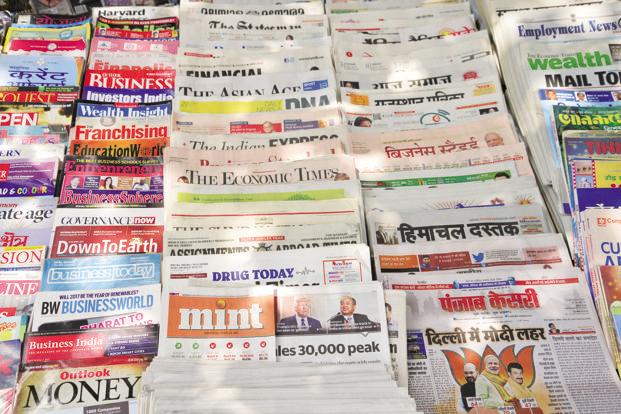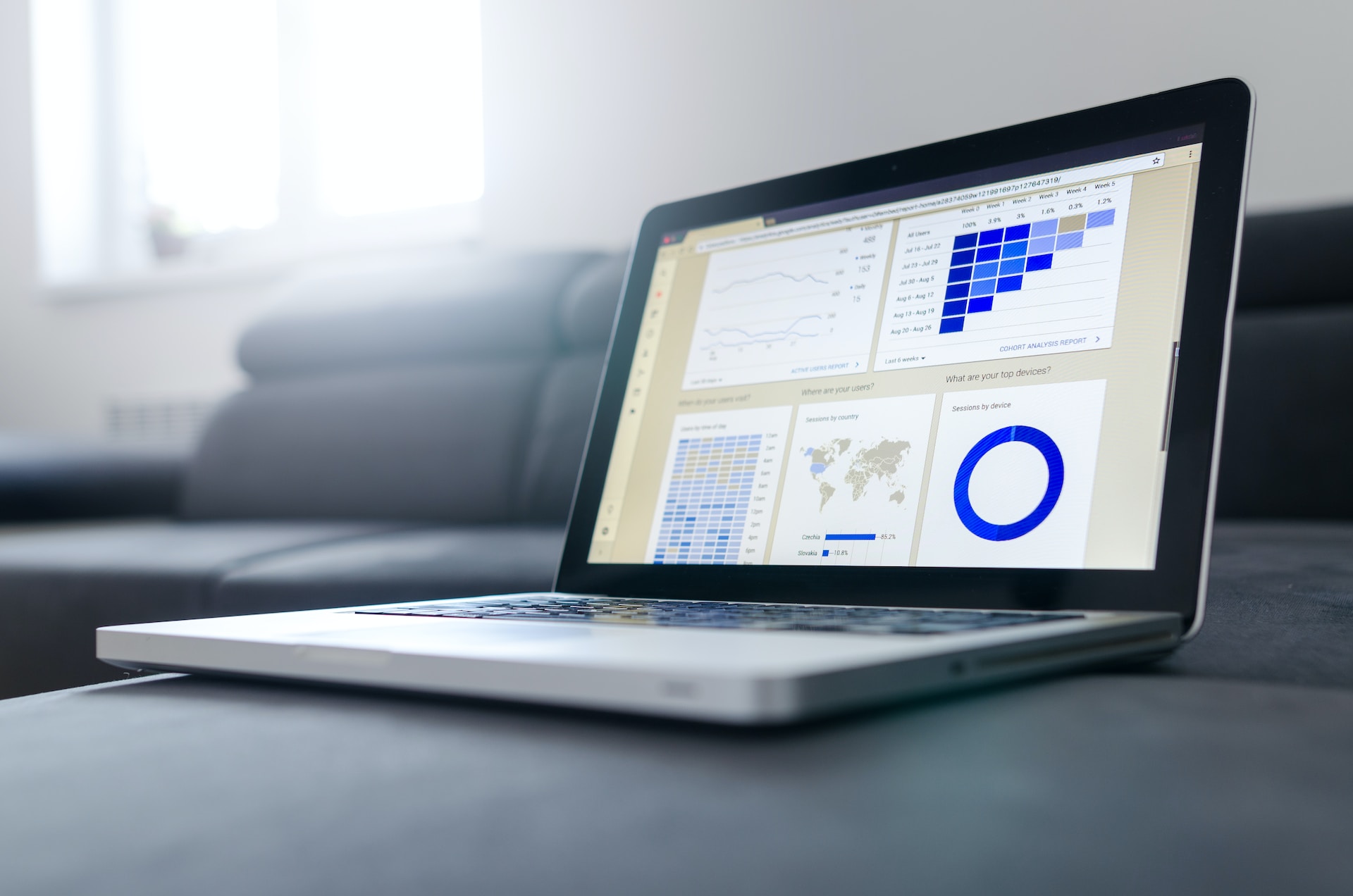Picture Credit: httpss://www.livemint.com/
Nish Bhutani, Founder & CEO – Indiginus
As published in the Mint on Sunday on October 22, 2017
Consumers have evolved from being merely readers and viewers to also being participants and users. The news media must do more to keep pace with this evolution.
In 2010, when the volcanic eruption of Eyjafjallajökull in Iceland caused widespread disruption of air travel in Europe, media coverage was extensive and sustained over several weeks. While all media outlets provided general news updates, as well as news-you-can-use—practical information on airport closures, travel alternatives, and so on—Norwegian media company Schibsted’s VG was perhaps the only one that saw itself as not just a provider of useful information, but also an enabler of it.
As described in Bharat Anand’s The Content Trap, VG’s response to the eruption, on the first night of the crisis, was to launch “Hitchhiker’s Central”, an app on its website that connected people for long distance ride-sharing.
Would-be travellers posted requests for rides from, say, Oslo to Amsterdam, and were matched with drivers with available space. Hitchhiker’s Central took off in usage, not just in Norway, but throughout Europe, and people sent in images and stories of their journeys to VG to post on its website, generating further interest and website traffic.
But is it news?
The information at Hitchhiker’s Central was not news, as one normally regards it, but it was extremely valuable information for “readers”, if that’s what they should be called, in the age of the internet.
This is not just pedantry in nomenclature. The persistence of terms such as “readers” and “viewers” is an indication of media companies, notwithstanding their many websites and apps, being unconsciously stuck in old paradigms.
As I alluded to in my previous column, news media—whether print or television—evolved in the context of the available technologies of their time. But today, the internet provides capabilities that are fundamentally different. The key ones in the context of news coverage are:
- The internet is always live, hence the ability to provide current information and data.
- The internet is multi-directional; information flows not just from companies to individuals, but between companies, individuals, and other organizations—in every direction.
- The internet has memory; due to websites and apps being connected to software databases, media companies can draw upon archives and historical records in the context of their coverage.
What’s the score?
Let’s take a look at a popular website that utilizes the above characteristics of the internet effectively.
When India is playing, cricket fans, including strangers, will ask, “What’s the score?” without further elaboration. For the answer, they turn to ESPNCricinfo.
As the oldest and most popular cricket website, Cricinfo—its original and still-popular name—pioneered cricket coverage back in 1993, predating even the web, for residents of cricket-playing nations; and their widely-dispersed diaspora.
Let’s examine Cricinfo’s paradigm for cricket coverage: the latest cricket scores, always live and up-to-date; concomitant text-based commentary adding flavour to dry data; historical statistics for every major cricket match ever played, down to the level of individual players, with tools to slice and dice the data every which way; short news articles through the day to accompany live matches; and longer feature articles—interviews, opinion or analysis in vivid, often immaculate, prose—to make sense of matches, players, trends and statistics.
User opinions, though the least remarkable of Cricinfo’s innovations, inspire the website’s passionate users to pitch in with pithy observations during live commentary, and longer ones alongside feature stories.
When you throw live data and tools for statistical analysis into the mix with traditionally written stories, is it still news? Again, like Hitchhiker’s Central, not as you would commonly define it. But users have voted with their eyeballs that this is information they really want.
But really, what’s the score?
Sports websites such as Cricinfo excel at providing current data and data-driven analysis. Shchibsted’s VG, as we saw, did an effective job at connecting people with information that was already out there, but needed to be organized in a database for it to be accessible and useful. Cricinfo and VG, however, don’t represent the norm.
Mainstream media continues to operate in the one-to-many, ageing-as-soon-as-published model, for the most part. There are notable exceptions—elections for one, when coverage takes on the feel of a sporting match, with results updated by the minute.
But largely, news and analysis follows the print paradigm of static stories written by journalists, albeit with the obligatory user comments enabled, or the TV paradigm of passive and ephemeral consumption. Users are viewed as readers or viewers, not participants, and outlets see themselves largely as generators of content, rather than enablers of conversation and information exchange.
What form would more useful internet news coverage take? Let’s look at some possibilities.
Urban disruptions
As VG demonstrated during the volcanic ash crisis, urban disruptions, whether planned or sudden, are an opportunity for the media to make sense of the chaos. Floods, power outages, marathons and political protests are recurring events in Indian cities that leave residents frustrated, craving reliable and current information.
Some examples of how the media can help are given below. All of these would use crowdsourced information, sent in by individuals, as well as local authorities and organizations, including mapping companies such as Google, rather than having to deploy an army of journalists.
Moreover, the software development effort required would be for a single app, which can then be deployed for multiple uses:
- Flooded and/or blocked roads displayed on a live and interactive map, along with smartphone images taken by those on the street.
- Neighbourhoods and streets affected by power outages shown on a map, along with outage cause and expected downtime.
- Marathon/procession routes and progress updated dynamically on a map that shows both planned length of closures for each road, as well as the actual status (often the reality differs from what is planned, frustrating commuters).
The big picture
A major news theme, spanning multiple news events, is another opportunity for the media to aggregate and contextualize. A flood of corruption scandals brought down the last government in India. Over the span of a few years, the sheer number of scandals made it hard to keep track of accusations, counter-accusations, investigations, arrests, releases on bail, and progress, or lack thereof, in courts.
News articles came and went, but no media outlet gave a global view of where things stood, when it came to revelations and accountability.
The public needed a “corruption tracker”—a colour-coded progress indicator of corruption scandal investigations, linked to relevant news articles, and with summary observations of the most pertinent developments, as well as an estimation of the monetary impact.
This tracker would be always live, always current, and from the media companies’ point of view—a magnet for user traffic and enhanced credibility. It would also encourage whistle-blowers to step forward with information.
To the Hindustan Times’ credit, it made an attempt in this direction with the Hate Tracker, launched in July 2017, which crowdsources and summarizes reports of communal violence incidents.
It’s complicated
Nutrition and health is another area where media coverage must change. This is a hotbed of fast-moving, often contradictory and confusing developments, crying out for clarity.
Even the venerable New York Times stands guilty of serial publishing of contradictions, with little self-awareness. Reports on new studies are published without reconciling the breathless conclusions of the latest study, with earlier ones that proclaimed quite the opposite.
Imagine an always-current health destination, for accessing news reports on all credible health studies. I am envisioning a schematic of the human body, with the ability to “zoom in” on systems, organs and topics.
Accompanying each topic is a timeline of relevant studies, with the headline conclusions and limitations of each, and a summary conclusion—in text or video —representing consensus medical opinion, which includes unresolved contradictions and areas for further medical research.
The consumer is king
In the internet age, where the consumer has a plethora of choices, and low switching costs, companies have had to re-focus on deeply understanding customer needs and motivations, and designing or rethinking their services accordingly. Traditional news media needs to think in these terms as well.
There is clearly an important and continued role for well-researched stories in the traditional sense. They have repeatedly demonstrated the power to expose the wicked, unveil corruption, start movements, and even bring down governments. I have nothing but respect for the journalists who do this work with patient resolve, skill, courage and integrity.
But more is needed, given available technologies and competition from digital newbies such as Twitter and Facebook, who have their own problems with credibility and fake news.
Today, people have a greater range of expectations from the media, as they have evolved from being merely readers and viewers to also being participants and users. If you are involved in the media, you must ask yourself if your evolution is keeping pace, or even leading the way.




